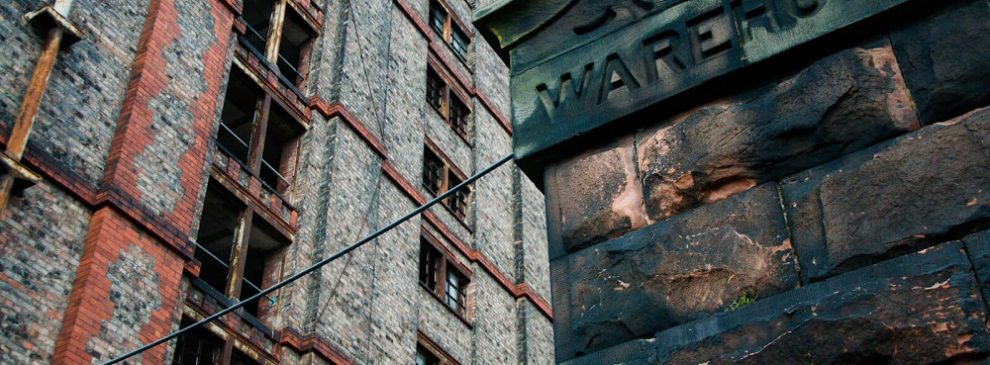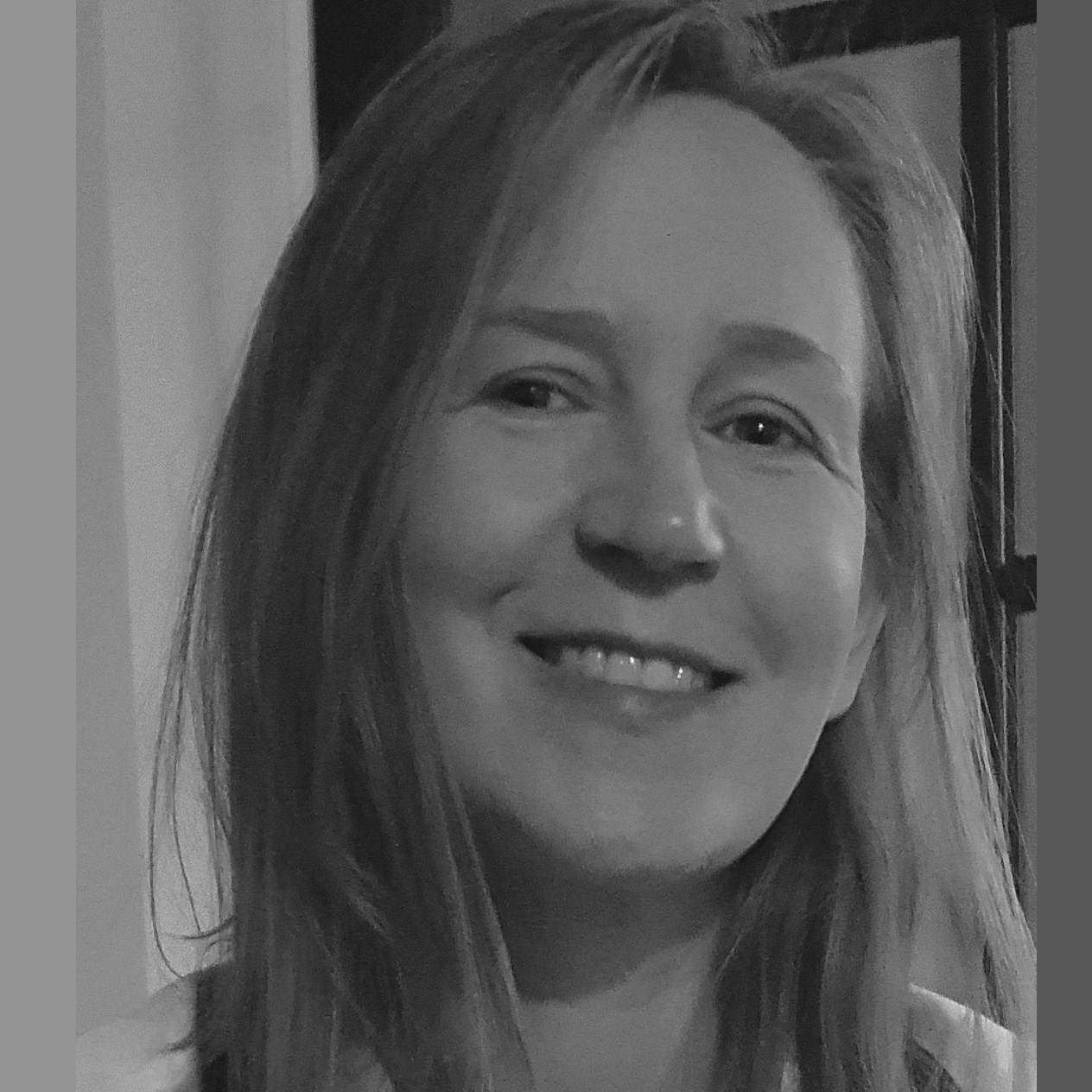The heritage of tomorrow, the values of today: reflections from the final Engage Liverpool World Heritage Site seminars
Added on Tuesday, November 7th, 2017
…
The Engage Liverpool World Heritage Site Seminar Series, framed by the threat of Liverpool losing its UNESCO World Heritage status by 2018, sought to give UNESCO a voice in the city and to promote open discussion and counteract what has been perceived as a previously binary debate. Following on from the first seminar, the final two events took place in the Museum of Liverpool and St George’s Hall.
“What we build now is the heritage of tomorrow” – Seminar Two
Entitled ‘Development and Conservation- Why the Conflict?’, seminar two explored the complex role of development within urban world heritage sites. Focused on the tangibility of buildings and planning, it also highlighted the spaces and temporalities that exist between them – the interconnections, memories, and daily activities that occur within sites. An intangible cultural heritage landscape that stitches together (or, if fractured, potentially displaces) people and the places which they inhabit. Picking up on the notion of changing perspectives, the first speaker, Prof Michael Turner (UNESCO Chair in Urban Design and Conservation Studies, Bezalel Academy of Arts and Design, Jerusalem) said that values are constantly in flux; the key question is how we manage these changes. Liverpool is part of a global structure and, referring to the UN’s Sustainable Development Goals (SDGs), he commented that cultural heritage is considered a key part of global development issues. Is world heritage a status worth fighting for? No, he says; not if you want something else. However, if you believe culture is an enabler for sustainable development, then yes, it is.
| Entitled ‘Development and Conservation- Why the Conflict?’, seminar two explored the complex role of development within urban world heritage sites. |
…
Continuing with the theme of place, value and development, Adam Wilkinson (Director, Edinburgh World Heritage Site) drew upon another World Heritage city to discuss how heritage is not just about buildings but the spaces that exist between them. Communication is vital and communities must be consulted on all the things that make a city a city. Some form of conflict is perhaps inevitable here – but it is also part of the dynamic force of a world heritage city. Drawing upon examples of planned developments in Edinburgh, he also emphasised how conflict results from development plans that are not in sympathy with the outstanding universal value of a world heritage site.
The local panel, Cllr Hetty Wood (Chair of Regeneration, Housing & Sustainability Select Committee), Prof Dinah Birch (University of Liverpool) and Michael Birkett (Group Chief Executive, the Regenda Group) then contributed brief reflections. Cllr Wood commented that that the living city element of discussions is vital. There is a need for land to be developed, she said, but there does not have to be conflict. There was a will to take steps to ‘do things better’. Prof Birch highlighted the desire of the university to contribute, and stressed the importance of place and the value of the heritage of the city to the students. Michael Birkett, acknowledging the complexities of meeting the expectations of different stakeholders, reinforced the view that heritage is an asset. The imperative is for development to be done in a way that is positive not just for today but for future generations.
Heritage in the docks : The final seminar
The final seminar – ‘Heritage Assets- Where’s the Value?’- took place in the civil court room of St George’s Hall. The first speaker, Minja Yang (Former Deputy Director and Co-ordinator WH Cities, current President and Professor University of Leuven), discussed the impact of generic high-rise structures within world heritage sites, and the need for developments that make the most of the heritage itself rather than compete with it. Referring to examples such as Lyon’s Confluence Project and from Strasbourg’s extension of the WH site, she highlighted the benefits of placing the heritage site as central to a development initiative. Echoing sentiments from the previous seminar, she also referenced the aforementioned UN SDGs – World Heritage Cities have responsibilities, it’s not just about being the next tourism destination.
| The final seminar – ‘Heritage Assets- Where’s the Value?’- took place in the civil court room of St George’s Hall. |
…
Whilst tourism is heightened by WH status, the next speaker, Chris Blandford (President, World Heritage UK), stressed that there is a need to develop the educational aspect of tourism to sites. Referring to wider UK World Heritage sites, he commented that all have their own issues, but a major problem is lack of awareness of a site’s value. Here, the importance of involving local young people as ambassadors is key. Echoing the discussions of the second seminar, he also stressed the interconnectivity of tangible and intangible heritage – between physical sites and the people and practices they contain.
From the local panel, Pat Power (Harcourt Developments) reflected on the benefits of working with UNESCO on the Stanley Dock Developments. Prof Lin Foxhall (University of Liverpool) stressed that social and economic values do not need to be in competition with each other – indeed, the economic is embedded within the social. Cllr Alice Bennett (Mayoral Lead for Heritage and Design) commented that the Mayor – and the heritage taskforce – are working to maintain the WHS status and she also agreed with the need for educational programme and youth involvement.
All of the seminars brought to the fore issues around how heritage and value is defined and by whom, and the applicability of this question across generations and geographies. Just as the physical nature of a heritage site can be in danger, so too can the spaces and temporalities between buildings. The everyday practices, needs, memories and stories that anchor heritage to place can also become fragile or overheard. The notion of shared values, as opposed to binary values, is perhaps key here. In his closing comments (and making use of the court surrounding), Engage’s Gerry Proctor asked the audience to be jury and decide if world heritage was indeed a status worth fighting for. Their judgement was a resounding yes; however, the process may well be a more complex negotiation.
Photo credits
“Stanley Dock Tobacco Warehouse Liverpool, Apr-2016” by Mitch Altman is licensed under CC BY-SA 2.0









